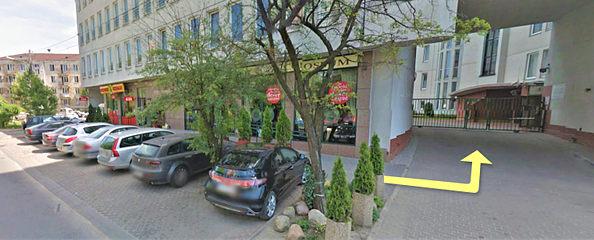Lichen planus is an inflammatory disease that manifests itself in pink-fillet papules on the skin. The lesions are often located on the straight surface of the forearms but may occur in any other location.
Lichen planus can also occur within the oral mucosa and genital mucosa (white linear structures, redness or erosions). Changes in the genitals may cause severe itching. The lichen planus of the scalp (lichen planopilaris) is associated with inflammation around the hair follicles and may cause permanent alopecia if adequate treatment is not started early enough. A subtype of lichen planopiliaris is frontal fibrosing alopecia, which consists of gradual shifting of the hairline towards the back. This form of hair loss can have a very similar clinical manifestation to androgenic alopecia. The diagnosis is determined by the trichoscopic examination and in some cases, a histological examination of the scalp (biopsy) may be required.
In our office, the treatment of lichen planus is led by Prof. Małgorzata Olszewska. Prof. Lidia Rudnicka and Dr. Adriana Rakowska treat lichen planus when there is involvement within the scalp.

